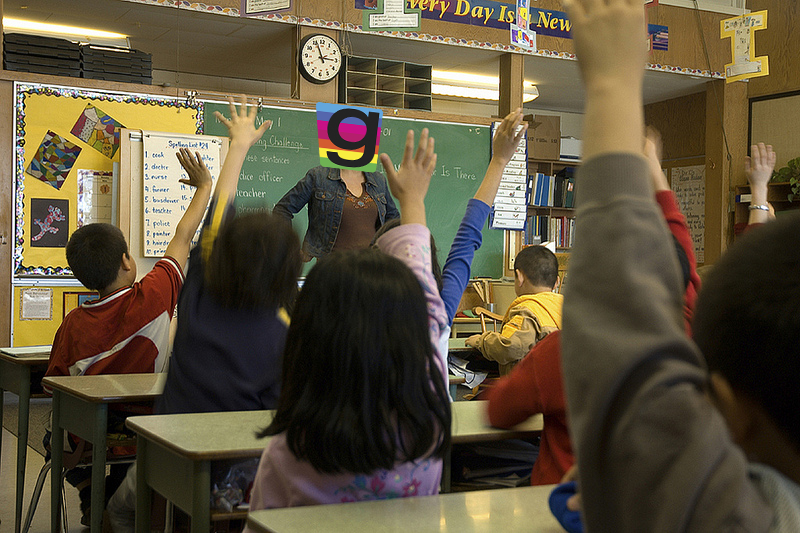
Many people have submitted questions to virtual schools about whether of gamification is being utlized in the structure and model of learning. The quick answer is Yes! However, the momentum and legitimacy of it is just getting started. Here are some answers to some questions:
What examples are there of “gamified” schools?
Quest2Learn is probably one of the most famous of schools that have embraced gamification. There curriculum and instruction has been transformed into a elaborate set of quests, boss levels, and includes many other elements of gamification. GameDesk has also created a school, Playmaker, which uses a similar method where play and making have been infused into the learning process.
What research or work is out there about Gamification of Education?
The research on Gamification and education specifically is limited. There is a lot of literature about using games in the classroom, but James Paul Gee’s “What Video Games Have to Teach Us About Literacy and Learning, is a great book to start your learning on how elements within games can be applied to the learning process. In addition, the MacArthur Foundation, of the partners in Quest 2 Learn, published “Quest to Learn: Developing the School for Digital Kids,” which explains their rationale and implementation methods for their “gamified” school.
What about the critics that say that gamification that say it is “manipulation?”
Gamification is a tool for engagement. It creates situated learning experiences with incentives and clear objectives. The Gamification Summit, which occurs every year has some of the best and brightest speak. Esteban Contreras of Samsung said, “Gamification is ultimately not about buzzwords and mechanics, but better and more meaningful experiences.” Jane McGonigal, game guru, also echos this sentiment in her book, Reality is Broken. Gamification is in fact meaningful play.
Is “gamification” more effective than traditional teaching methods? What age group is recommended?
As seen in the examples of schools above, we can see that gamification is being used with students of all ages, but mostly middle and high school. I think there is a misconception that gamification and traditional teaching do no co-exist. In fact, within a gamified curriculum, there are moments for traditional instructional strategies such as research activities, direct instruction, and the like. The difference is that these strategies do not dominate the entire learning experience. They are part of the engaging “gamification” model to support students.
Related to “gamification,” critics say that games have no place in schools. What response do you have to that?
There are many examples of teachers using games intentionally in the instruction process, and with serious games. Serious games balance play and learning objectives, where assessment is embedded along with learning of content. From games on BrainPop, to iCivics, teachers are using them as another tool to engage all students. There is a stigma attached to gaming, but that stigma is quickly fading, as more and more people realize that there is great potential to engage students in learning content and 21st century skills.
Andrew currently serves on the National Faculty for the Buck Institute for Education and ASCD, traveling nationally, training educators and presenting at conferences around his areas of expertise. He has taught both online and in the brick and mortar setting, both while implementing his core tenants including culturally responsive teaching, project-based learning, and game-based learning. He presents and writes for a variety of organizations including the Huffington Post, National Council for Teachers of English, Edutopia, iNACOL, ISTE, ASCD and the National Association of Multicultural Education. Please visit Andrew’s website to learning more: www.andrewkmiller.com









[…] En sammanställning av en artikel på Gamification.co, Gamification of K-12 Education – Q&A […]
[…] Parengta pagal: http://www.gamification.co/2012/09/27/gamification-of-k12-education/ […]